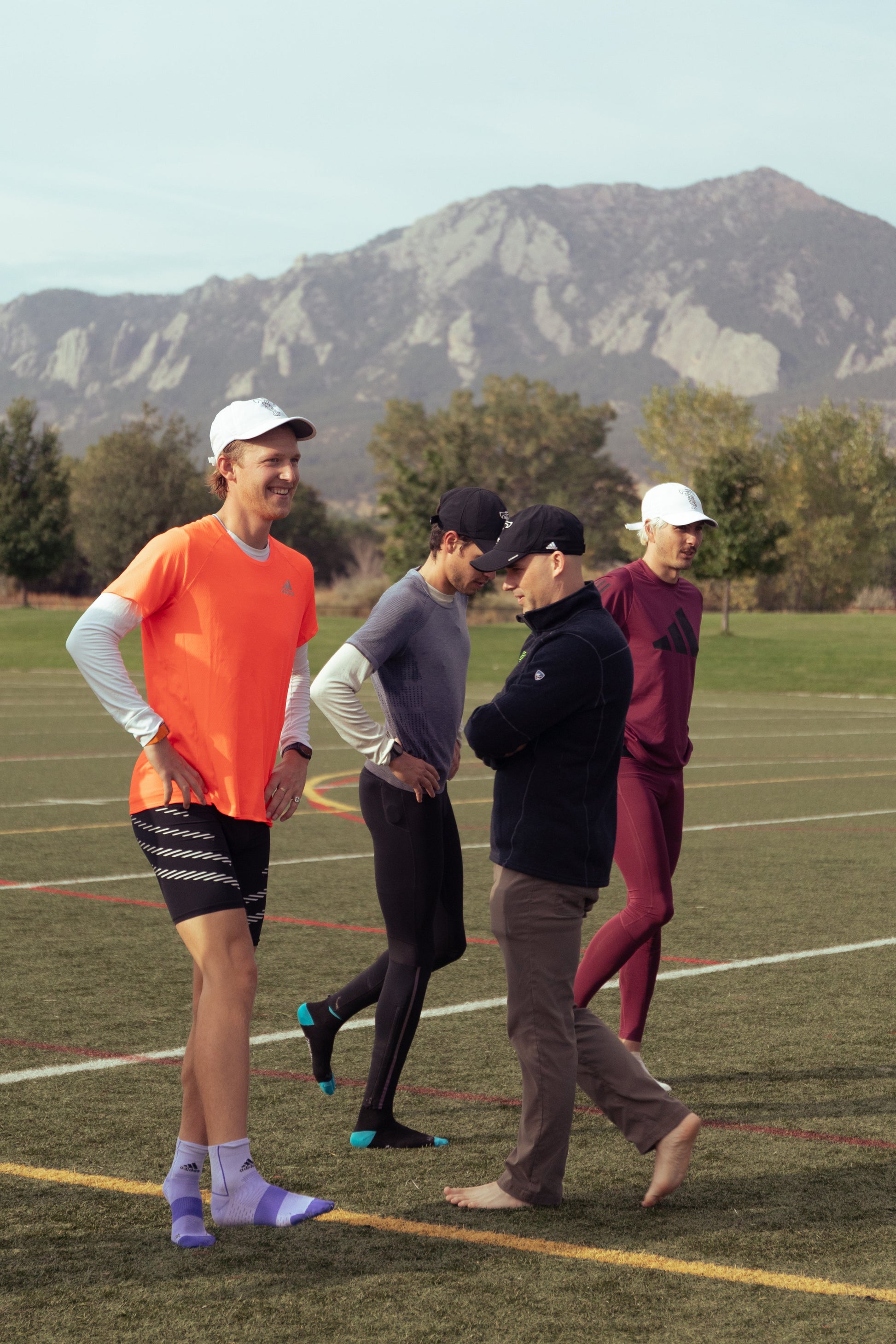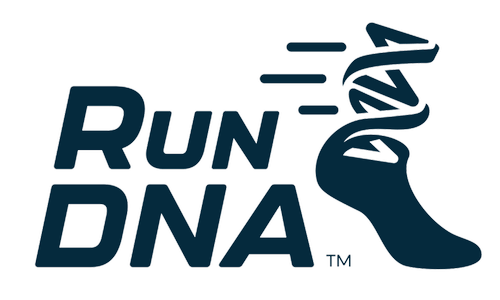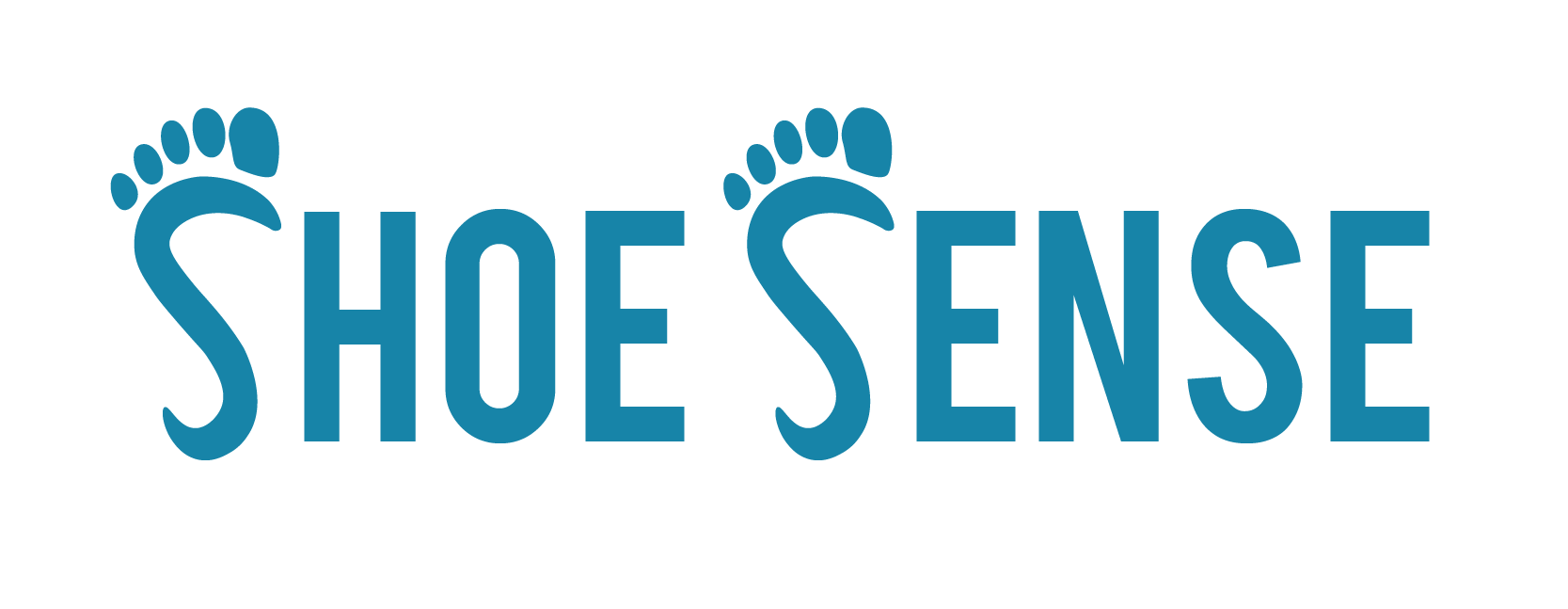Ground Contact Time
Running ground contact time (GCT) is the amount of time that your foot is in contact with the ground during each running stride. It is measured in milliseconds. A typical running GCT is between 170 and 200 milliseconds.
GCT can vary depending on a number of factors, including your running form, the surface you are running on, and your speed. For example, runners who land on their heels tend to have higher GCTs than runners who land on their midfoot or forefoot. Additionally, running on a hard surface, such as concrete, will produce higher GCTs than running on a soft surface, such as grass or dirt.
Too high of a GCT can lead to injuries, such as shin splints, stress fractures, and runner's knee.
Benefits of a Lower GCT
- Reduced impact forces: When you have a lower GCT, your foot spends less time on the ground, which reduces the amount of impact force that is exerted on your joints.
- Increased running efficiency: A lower GCT helps you to maintain a more consistent pace and reduces the amount of energy you waste.
- Reduced risk of injury: A lower GCT can help to reduce your risk of running injuries, such as shin splints, stress fractures, and runner's knee.
How to Improve Your GCT
There are a number of things you can do to improve your running GCT:
- Improve your running form. Focus on landing on your midfoot or forefoot, and keep your stride short and quick.
- Run on soft surfaces whenever possible. Softer surfaces, such as grass or dirt, will help you to reduce your GCT.
- Wear properly fitting running shoes. Running shoes should provide adequate cushioning and support for your foot type.
- Start slowly and gradually increase your speed and distance. This will help your body to adjust to the demands of running and reduce the risk of injury.
Additional Tips for Improving Your GCT and Running Form
Here are some additional tips for improving your GCT and running form:
- Do GCT drills. There are a number of GCT drills that you can do to improve your GCT. For example, you can try running in place or jogging slowly while focusing on keeping your feet off the ground for as long as possible.
- Use a metronome. A metronome is a device that produces a steady beat. You can use a metronome to help you pace yourself and maintain a shorter, quicker stride.
- Get feedback from a coach or physical therapist. A coach or physical therapist can help you to assess your running form and identify areas where you can improve.
Improving your running GCT is a great way to improve your performance, reduce your risk of injury, and make running more enjoyable. By following the tips above, you can gradually improve your GCT and running form.
If you experience pain while running, reduce your speed or distance, or take a break from running altogether. If the pain persists, talk to your doctor or a physical therapist.

RunDNA
Gait Retraining Plan


